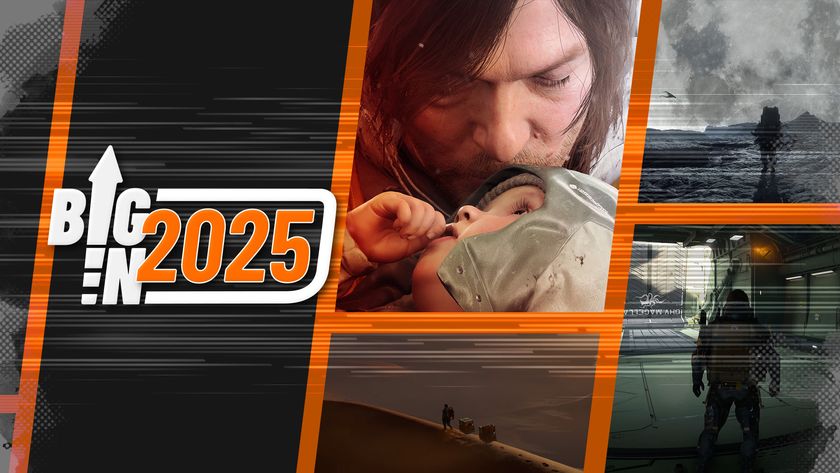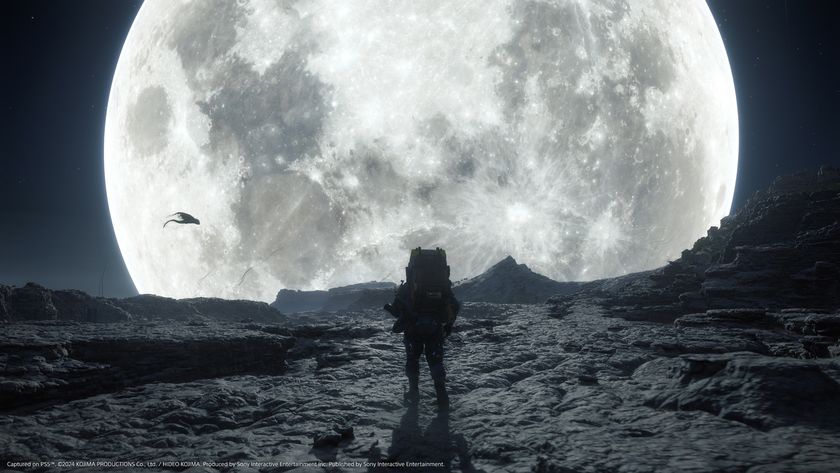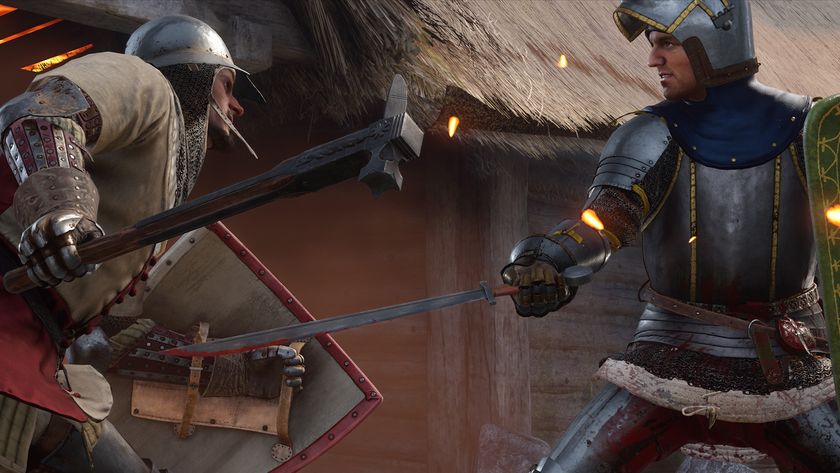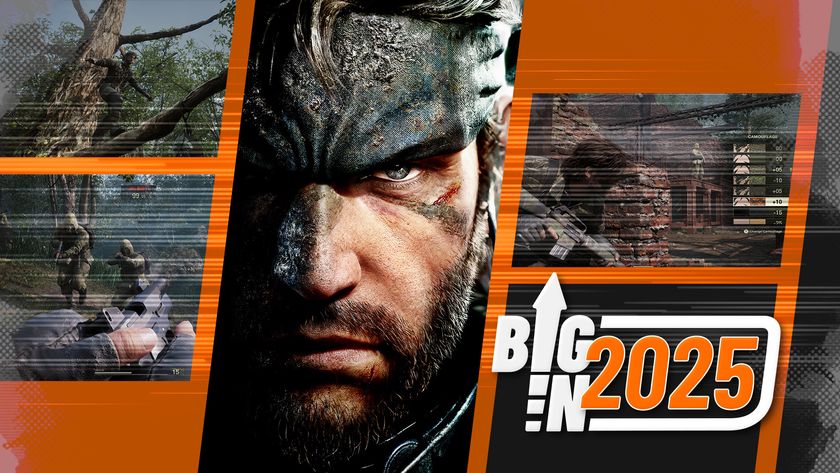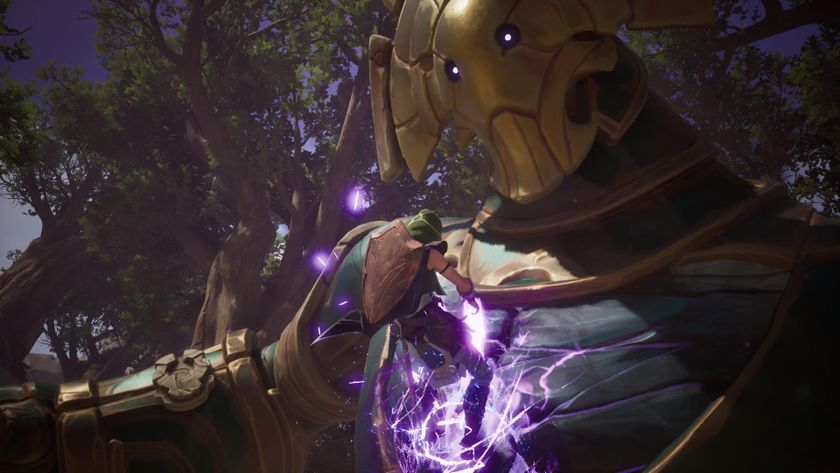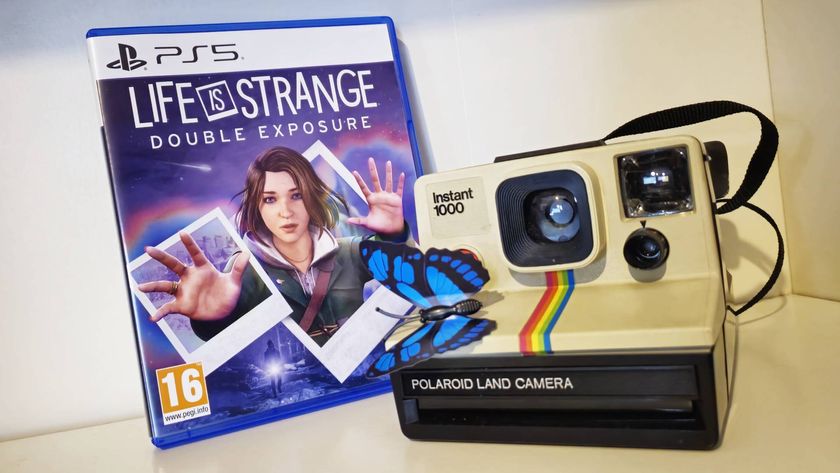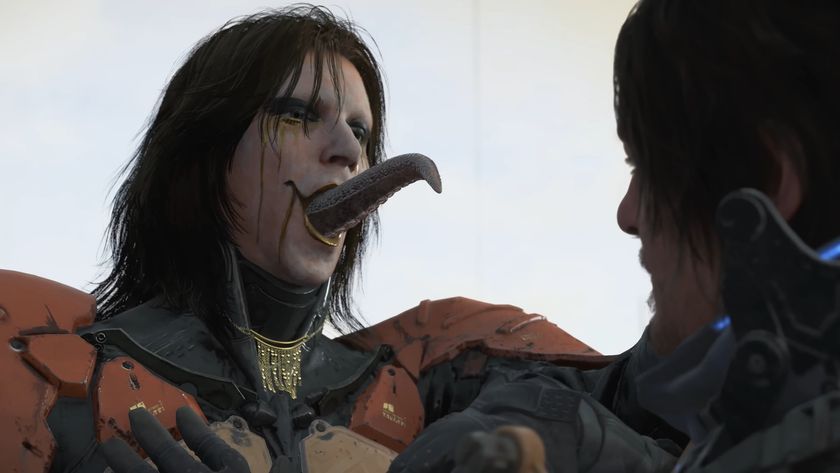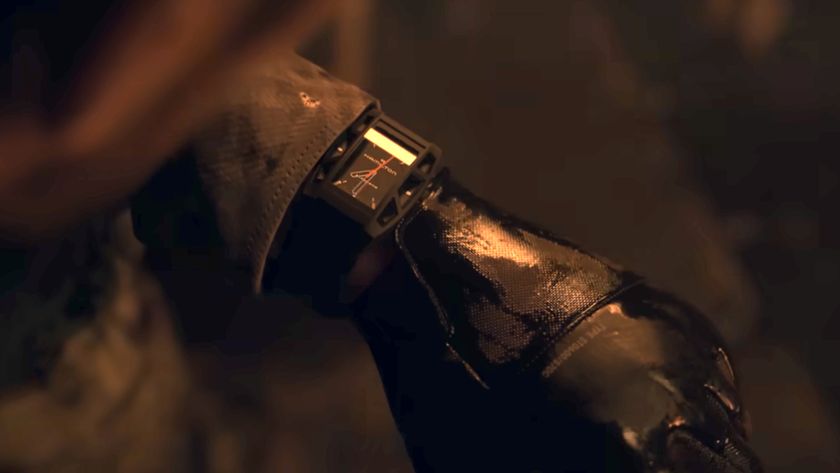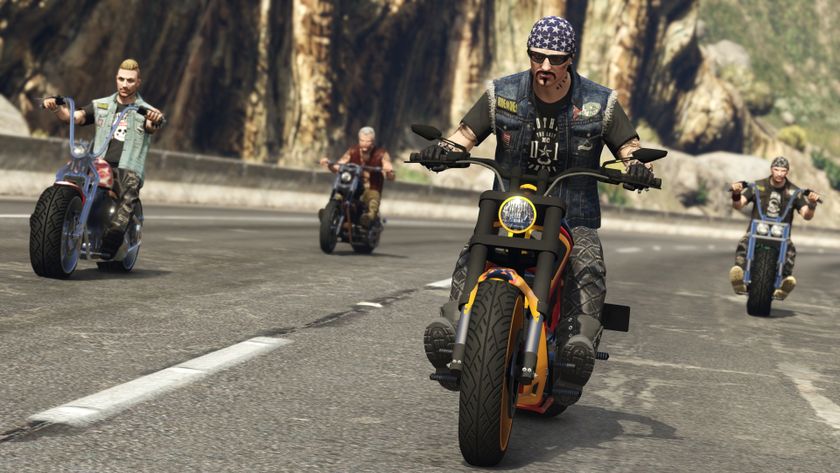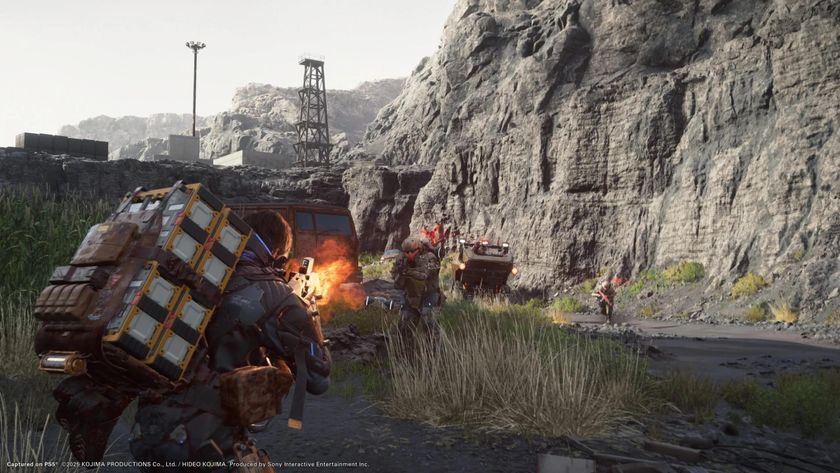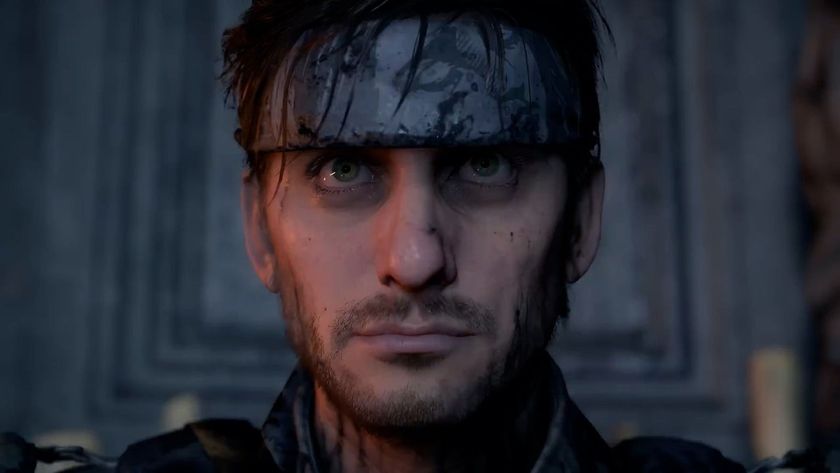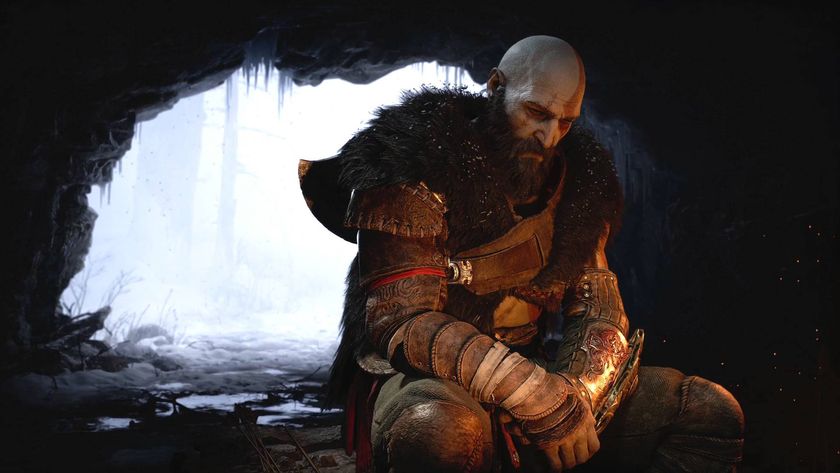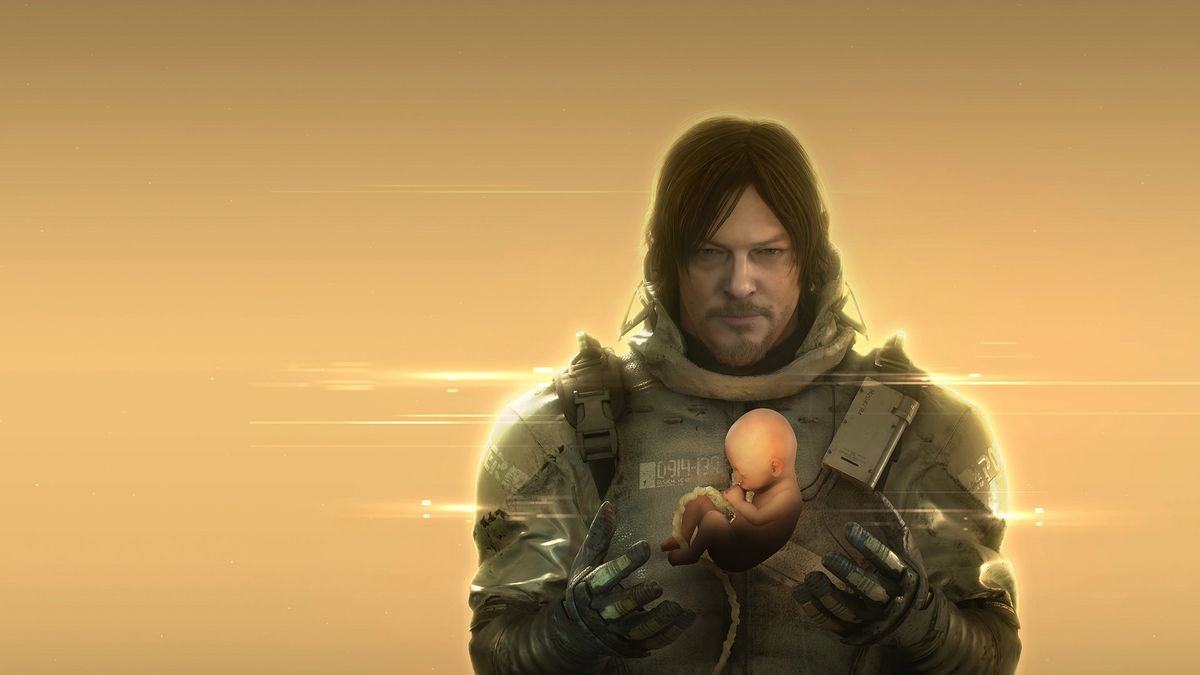
Death Stranding Director's Cut might be the best-looking game on PS5. That's a debate we could have here now. It's definitely one that players from across the four corners of internet discourse (Facebook, Reddit, Resetera, and Twitter) will engage in as we inch ever closer to the first anniversary of the PlayStation 5. While there's certainly an argument to be made for Deathloop, as stylistically distinct as it is, for Kena: Bridge of Spirits, an animated feature film turned interactive adventure, and for Ghost of Tsushima Director's Cut, given the visual vibrancy of Iki Island, there's something about Death Stranding on PS5 that has grabbed ahold of my attention, which now refuses to release it.
I suppose that's what happens when such a distinct art direction is paired with new presentation options. The big-budget walking simulator has been given an impressive remaster for PS5, making what was ostensibly one of the prettiest PS4 games look even larger and sharper. Regardless of whether you opt for a native 4K display (truly awe-inspiring at times) or sacrifice the scale of fidelity to lock in the stability afforded by 60fps (making long expeditions feel as frictionless as Kojima Productions' convoluted framing will allow), it's difficult to complain about the visual journey Death Stranding Director's Cut takes you on.
Couple that with HDR support and advanced texture streaming, the justification to breathlessly wander this open wasteland once again comes easily. To be clear, if you're yet to play but are otherwise curious, the Director's Cut is the best way to experience Death Stranding. I'd suggest giving our original Death Stranding review a look to get a better sense of whether this game is for you or not, reading it with the knowledge that Kojima Productions has now eased the onboarding experience for new players and the information overload thrust upon your shoulders in the first 10 or so hours.
For those of you who are curious to jump back in, or otherwise bounced off of Death Stranding the first time around, there's a more complicated decision to be made. Because I'll admit to being impressed upon my return, enough so that I was almost tempted to put in the time to unlock the elusive Platinum Trophy. Almost.
A game of two halves
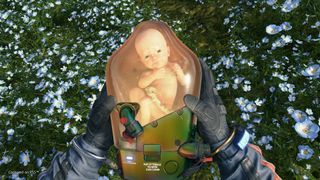
I want to emphasise 'almost' here because I had an almost visceral reaction to Death Stranding the first time around. Having already sunk 40+ hours into it on PS4 – a year and a half later, I honestly couldn't tell you whether that was time well spent – I never really expected Hideo Kojima's beautiful mess of an opus to live rent-free in my head again. And here I am all the same. Walking the apocalyptic United States with a crying baby strapped to my chest. Boxes of sperm eggs and construction materials stacked to my back, to be delivered to preppers in return for a handful of 'likes' and one-sided conversations. I found a collection of old VHS tapes floating down a river, and while the ghostly apparition of Jordan Vogt-Roberts desperately wants them, there's no reward he could possibly give me that would justify the 35 minutes I spent wading through deep waters, walking over cragged rocks and perilous pathways to get them to him. Then again, perhaps the journey there is reward enough.
The problem is that Death Stranding really is a game of two halves. One half has been undoubtedly strengthened by the Director's Cut, while the other is essentially untouched – my impression of it deteriorating gradually like cargo caught in timefall. Combat and characterization is still a mess. The 'Director's Cut' moniker is a bit of a misnomer; Hideo Kojima has been given a chance to reframe elements of the experience here, but has taken no real steps to address the ways in which Death Stranding weighs down its pacing with overbearing metaphors and pantomime theatrics. Nor the way it shatters tension – generated naturally by navigating the sharp, serene landscapes – by pulling poor Norman Reedus from one clunky combat encounter to another. If ever there were a game that could benefit from having the option to switch off all artificial points of conflict from the options menu, it would be Death Stranding.
But then there's the other half of the experience. There's true serenity to be found in exploring the Director's Cut presentation of the Death Stranding world. It doesn't just look prettier, there's a stronger sense of atmosphere generated within these landscapes now. If the game allows you to venture out into the world uninterrupted by supernatural ghouls for an hour – a roll of the dice – it becomes very easy to be left extremely impressed by the experience of exploring. The pitter-patter of rain underhand, communicated by the slow rumble of DualSense haptic feedback. Steadily scaling perilously placed ladders up hilltops and over ravines as wind whirls around you, 3D Audio is as transformative as it's ever been. One stunning vista after enough piercing the horizon, a truly wondrous sight to behold.
Sign up to the 12DOVE Newsletter
Weekly digests, tales from the communities you love, and more
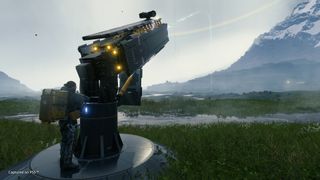
"I love how quiet Death Stranding can be in these moments; a game soundtracked by the sounds of nature"
I love how quiet Death Stranding can be in these moments; a game soundtracked by the sounds of nature. Tension and conflict are born naturally in every expedition – the elements, the sights, the sounds, all of it feeding a feeling that this world can not be conquered. Occasionally, the music of Low Roar will crescendo over the sound of the wind and the rain, imbuing everything with a greater sense of serenity. Because of the way Death Stranding Director's Cut looks, sounds, and plays (particularly at 60fps), you'll walk away with a greater appreciation of these moments. They feel authored and personal, and that's something few open-world experiences are able to accomplish.
It's because of this that the weakness of Death Stranding's action-leaning elements is more exposed in the Director's Cut. The firing range, racing track, cargo catapult, and customization options are nice and new and all, but they aren't enough to distract from Death Stranding's worst impulses – if anything, they feel like the sort of additions that could have otherwise been introduced as free DLC to the base game. Having spent time venturing once again across the entirety of Death Stranding's landscapes, I'd like to present a messy metaphor, appropriate given the campaign is so overburdened by them.
Playing Death Stranding: Director's Cut is like going for a hike through the most haunting, beautiful woodland you could possibly imagine, only for a guy in a cinema-quality Jason Voorhees costume to leap out at you unexpectedly and try to shove you into the mud. Naturally, the surprise creates some tension the first time around, just as your first encounter with the BTs do in Death Stranding. Maybe the second time it happens too. But eventually that tension transitions into annoyance. That annoyance quickly into embarrassment for everyone involved. That dichotomy between Death Stranding's two halves has only been further exposed by the Director's Cut. Exploring its wondrous world is an experience quite unlike any other, but it is so routinely shattered by stilted combat and pantomime villains that you'll routinely wonder whether it's worth the effort.
Death Stranding Director's Cut launches on PS5 on September 24, 2021. To find out what other games are coming to the platform this year, you'll want to direct your attention to our upcoming PS5 games listing.

Josh West is the Editor-in-Chief of 12DOVE. He has over 15 years experience in online and print journalism, and holds a BA (Hons) in Journalism and Feature Writing. Prior to starting his current position, Josh has served as GR+'s Features Editor and Deputy Editor of games™ magazine, and has freelanced for numerous publications including 3D Artist, Edge magazine, iCreate, Metal Hammer, Play, Retro Gamer, and SFX. Additionally, he has appeared on the BBC and ITV to provide expert comment, written for Scholastic books, edited a book for Hachette, and worked as the Assistant Producer of the Future Games Show. In his spare time, Josh likes to play bass guitar and video games. Years ago, he was in a few movies and TV shows that you've definitely seen but will never be able to spot him in.
